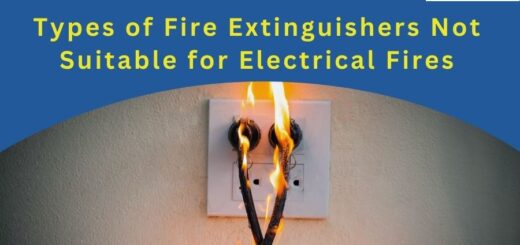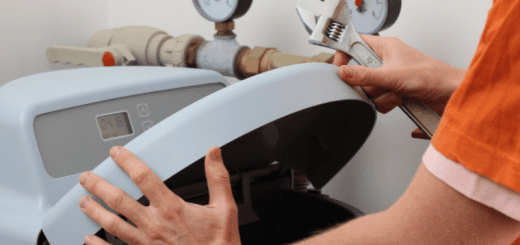What Is the Right Edge for Your Granite Countertop?
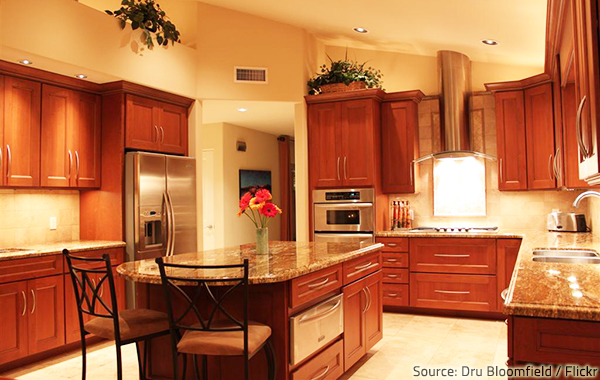
It’s the small details that make a big difference when it comes to your new kitchen design.
Once you have decided on the best countertop material for your home improvement project, it may seem that choosing the color of your new counters is the most important decision left to take in order to ensure the perfect design for your space. And while the color and patterns of your new countertops will definitely have a big impact on the overall appearance of the room, it is another easily overlooked detail – the countertop edge profile – that will affect the efficiency, safety and style of your new kitchen or bathroom to a much greater extent.
If you have set your mind on granite – the most popular countertop material among contemporary homeowners, you will have certainly spent a lot of time and effort picking the best granite slab for your new counters – one that will perfectly complete the style of your dream kitchen or bathroom. When choosing the edge for your granite countertop, however, it is not only the aesthetic appeal, but also the practicality of the design that you need to consider. Some granite countertop edges are better than others in terms of safety, comfort, and ease of maintenanceMaintenance is the routine care, inspection, and repair of a... More.
To be able to make the right choice for your new granite countertops, you need to know your options and the specific advantages and disadvantages of the different types of granite countertop edges.
Straight Edge Granite Countertops
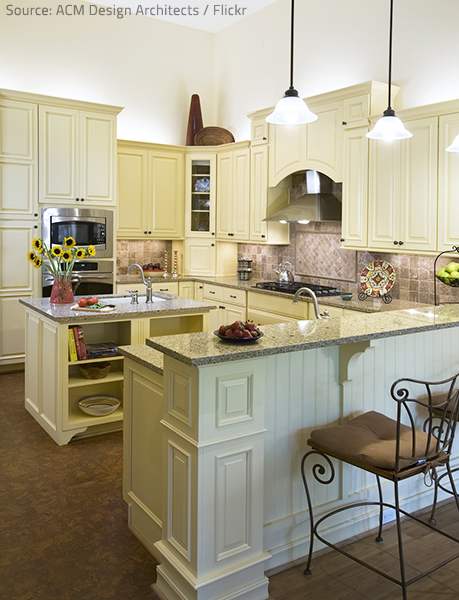
A square edge granite countertop helps emphasize all the lovely details of your kitchen decor.
Straight edges are most appropriate for clean-lined designs and look great on both thin and thick granite slabs. If you have intricately-patterned granite or want to highlight a certain element of your kitchen décor – a dramatic backsplash, a mosaic tile accent strip, an elegant appliance or furniture piece, etc., the straight edge will work best for you as it will blend with the room and won’t detract from the beauty of the stone or the other lovely details in your kitchen (a fancier edge will attract attention to itself).
Despite their name, straight edges are not really sharp – the corners are slightly rounded to protect the stone from damage and prevent injuries. You have the flexibility to customize the extent of rounding to suit your aesthetic preferences and the overall style of your kitchen – the top edge can be quite rounded or just barely softened.
Square Edge Granite Countertops
If you wish for a modern, contemporary design or want your countertops to look sleek but simple, the square granite countertop edge profile may be ideal for you.
Have in mind though that a completely square edge is not recommended, as it would be razor sharp and very dangerous. Even if you want a perfectly square-looking design, the edge should be eased a little so that it becomes less sharp and less likely to chip or break if accidentally hit (generally, the square edge has a small rounded top and bottom with a flat edge in the center).
Eased Edge Granite Countertops
Simple and elegant, the eased edge is the most commonly used granite countertop edge profile. The edges are softened just enough so that the corners are neither too sharp, nor completely rounded – in fact, the eased edge is a square 90-degree edge that is slightly eased in order to make it safer and help prevent breakage, just as discussed above.
This profile gives granite countertops the thickest look possible. Besides, it is the most practical one as the edges are very easy to clean and don’t hold spillages as other more intricate edges do.
Beveled Edge Granite Countertops
With its sleek and angled look, the beveled edge is one of the most popular granite countertop edges, especially in elegant, contemporary designs. It has a clipped flat corner, usually on a 45-degree angle. Both the angle and the width of the bevel edge can be customized to match your needs and enhance the look of your interior décor.
Beveled edge granite countertops are easy to clean and keep in excellent condition due to their simple, flat design.
Double Bevel
If you are looking for greater impact and extra dimension in your granite countertop edge profile, the double bevel is your perfect choice. It is an edge with two 45-degree (or bigger) angles, one on top and one on the bottom. The angles are usually squared down, reflecting more light (the double bevel catches light on both sides of the bevel) and making the room appear brighter and more luxurious.
Just like the bevel edge, the double bevel edge can also be customized with difference size angles and width. The big bevel brings out the veining in the stone and looks great in both traditional and contemporary designs.
Quarter Round (Pencil) Edge
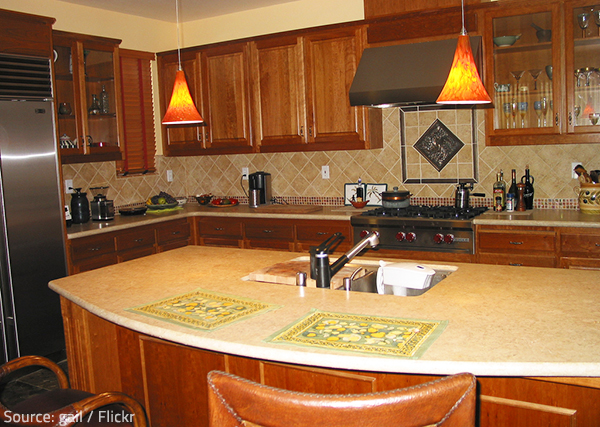
A straight edge or a curved edge – that’s the question.
If you have a modern kitchen with sharp, clean lines, then a quarter round edge (also known as “pencil” edge, as the top edge of the granite has a slight radius, about the diameter of a pencil) will complement the sleek look of your room and will help create the desired impression of elegance and simplicity. You can even go one step further and opt for a double quarter round edge that has a pencil round edge on both the top and bottom side of the granite slab. This will give the countertop an even thinner and cleaner look.
Good to remember: What you need to keep in mind when choosing granite countertop edges for your kitchen or bathroom remodeling project is that sharp angle edges make the outline of your countertops stand out. If you’re looking for a more subtle design, you should consider rounded edges – they have a softer look and add a more open and airy feel to a small space. What’s more, an accidental contact with the edge will not result in an injury and the rounded corners will allow people to slide through a narrow space more easily.
Curved edges work well in both contemporary and classic designs. They can be simple or fancy:
Waterfall Edge
A rounded, waterfall edge creates a sleek, clean look which is perfect for a modern style kitchen. The edge is half round on the top and gives the appearance of no edge at all – the granite seems to just flow over the counter top and run down all the way to the floor. There’s no actual starting or stopping point. A waterfall edge creates a beautiful focal point in the room, showcasing the stone as a piece of art.
In addition to its incredible aesthetic impact, the waterfall countertop edge is safer than most other granite edge types as there are no sharp corners that may cause an injury. It is, therefore, one of the best options for families with young children.
Half Bullnose

The rounded half-bullnose and full-bullnose edges are ideal for families with young children.
Half bullnose is one the most widely preferred granite countertop edge styles. It adds curves to the room and gives the overall interior design a softer, warmer look. The half bullnose edge emphasizes the thickness of the granite and highlights the beautiful patterns and veining of the stone.
It is similar to a waterfall – rounded on the top but flat on the bottom. Because of the flowing effect, however, spills will trickle down onto the floor as the bottom edge comes to a point.
With its simple, curved lines, the half-bullnose is a safe option and is also quite easy to clean as there are no extra details or grooves.
Bullnose Edge
The bullnose edge is another popular edge profile that complements all design styles and looks great in any room. It has a rounded edge from top to bottom, giving the countertop a very soft and sophisticated look. The full bullnose edge makes the granite slab appear thinner and more elegant. It is considered a timeless classic and is commonly seen in traditional kitchens and bathrooms.
The bullnose edge granite countertop is easy to clean and keep in pristine condition. Spillage will not trickle down onto the floor, as it will follow the roundness underneath, but water from the sink area can roll right into the cabinets (if any) because there’s no stopping point.
If there are kids in the house, the full bullnose edge is the perfect choice because it doesn’t have any sharp corners at all.
Ogee Edge
The Ogee edge has a classic, decorative look that evokes the ornate elegance of the Renaissance and pairs nicely with a traditional kitchen. It has a groove on a rounded bottom – the signature “S” shape results from the two curves and concave radius of the ogee edge. The curve can be deep and dramatic or can have a more subtle line, depending on your preferences.
Have in mind though that the ogee edge can make the counter look and feel very heavy, so it is not recommended for smaller rooms. Besides, the curves and grooves of the ogee style require greater care and effort when it comes to cleaning.

The ogee edge is considered the most beautiful of all granite countertop edge styles.
You can choose from many other granite countertop edge styles as well – Double Ogee, Dupont, Mitred edge, chiseled edge, etc. – in order to achieve the exact look and feel you want for your kitchen or bathroom, be it natural, rustic, luxurious, or elegant.
Whatever granite countertop edge you select for your kitchen or bathroom counters, it will enhance the beauty and functionality of your interior design. Just keep in mind that fancier and more complex granite countertop edge profiles have higher maintenanceMaintenance is the routine care, inspection, and repair of a... More requirements than simpler styles.
RestorationMasterFinder is a participant in the Amazon Services LLC Associates Program, an affiliate advertising program designed to provide a means for sites to earn advertising fees by advertising and linking to Amazon.com










